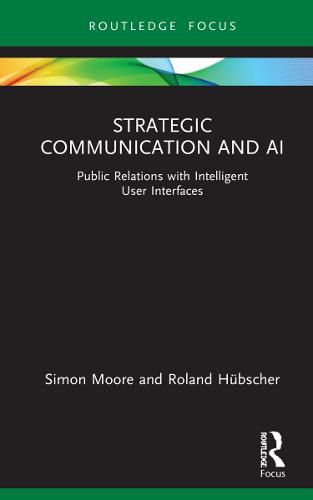Readings Newsletter
Become a Readings Member to make your shopping experience even easier.
Sign in or sign up for free!
You’re not far away from qualifying for FREE standard shipping within Australia
You’ve qualified for FREE standard shipping within Australia
The cart is loading…






This concise text provides an accessible introduction to artificial intelligence and intelligent user interfaces (IUIs) and how they are at the heart of a communication revolution for strategic communications and public relations.
IUIs are where users and technology meet - via computers, phones, robots, public displays, etc. They use AI and machine learning methods to control how those systems interact, exchange data, learn from, and develop relations with users. The authors explore research and developments that are already changing human/machine engagement in a wide range of areas from consumer goods, healthcare, and entertainment to community relations, crisis management, and activism. They also explore the implications for public relations of how technologies developing hyper-personalised persuasion could be used to make choices for us, navigating the controversial space between influence, nudging, and controlling.
This readable overview of the applications and implications of AI and IUIs will be welcomed by researchers, students, and practitioners in all areas of strategic communication, public relations, and communications studies.
$9.00 standard shipping within Australia
FREE standard shipping within Australia for orders over $100.00
Express & International shipping calculated at checkout
This concise text provides an accessible introduction to artificial intelligence and intelligent user interfaces (IUIs) and how they are at the heart of a communication revolution for strategic communications and public relations.
IUIs are where users and technology meet - via computers, phones, robots, public displays, etc. They use AI and machine learning methods to control how those systems interact, exchange data, learn from, and develop relations with users. The authors explore research and developments that are already changing human/machine engagement in a wide range of areas from consumer goods, healthcare, and entertainment to community relations, crisis management, and activism. They also explore the implications for public relations of how technologies developing hyper-personalised persuasion could be used to make choices for us, navigating the controversial space between influence, nudging, and controlling.
This readable overview of the applications and implications of AI and IUIs will be welcomed by researchers, students, and practitioners in all areas of strategic communication, public relations, and communications studies.